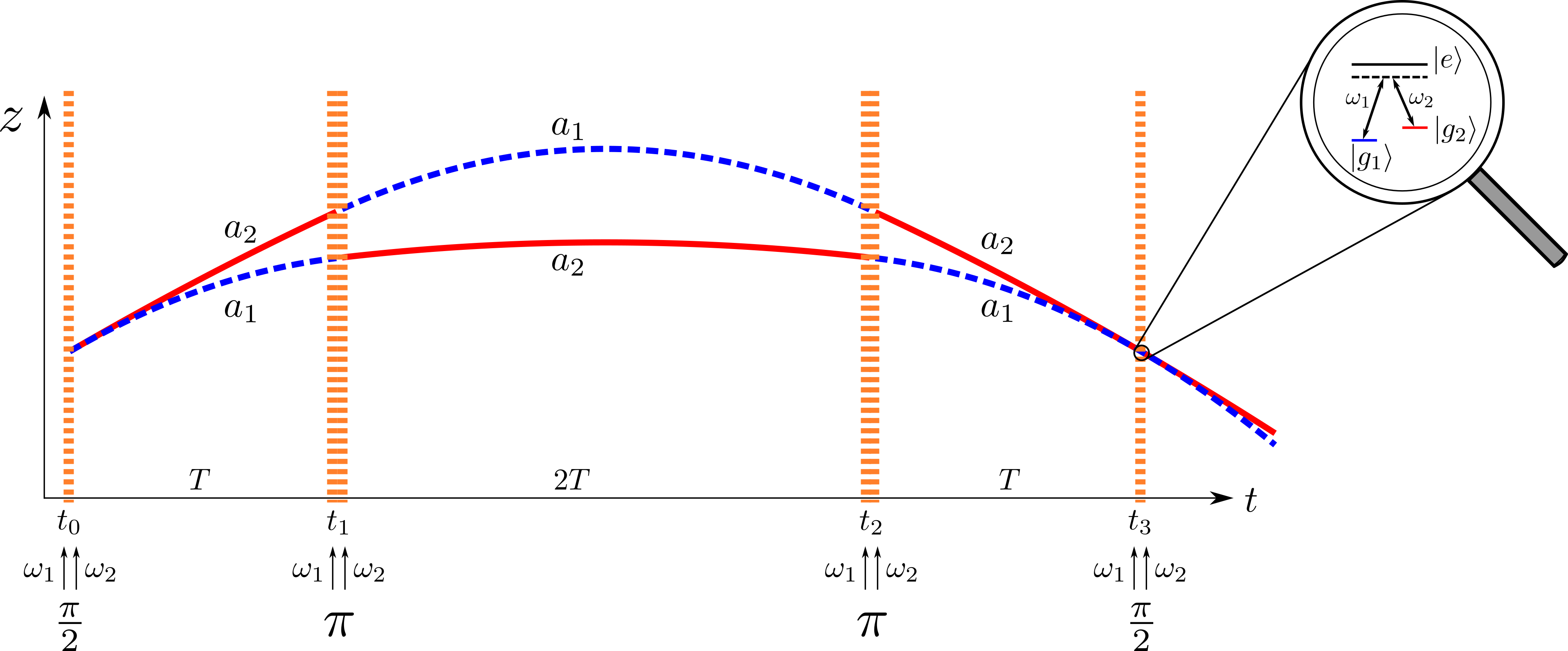Contributors
F. Ziesel, M. Zimmermann, A. Roura, M.A. Efremov, W.P. Schleich
Collaborations
J.P. Davis (AMPAC, North Wales, USA), S.A. DeSavage (Naval Air Systems Command, Patuxent River, USA), F.A. Narducci (Naval Air Systems Command, Patuxent River, USA), E.M. Rasel (Leibniz Universität Hannover), A. Srinivasan (St. Mary's College of Maryland, St. Mary's City, USA), S.A. Werner (Physics Laboratory, NIST, Gaithersburg, USA)
Funding
The German-Israeli Project Cooperation (DIP)
Deutsches Zentrum für Luft- und Raumfahrt (DLR)

